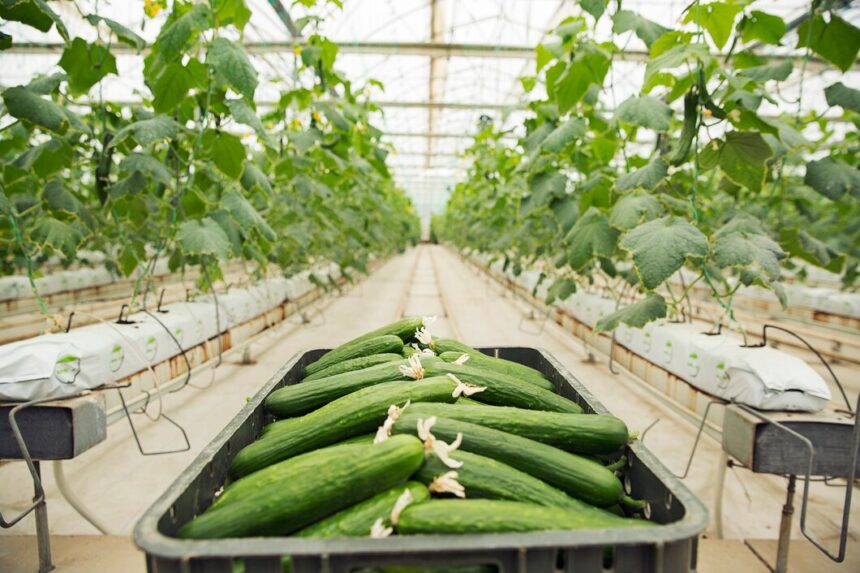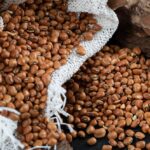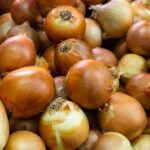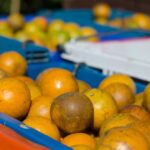Cucumbers are a popular and versatile crop among South African farmers, known for their refreshing taste and numerous health benefits. Growing cucumbers from seed to harvest requires careful planning, attention to detail, and knowledge of best practices. This article provides a comprehensive guide on the entire process, covering each growth stage, essential inputs, machinery, pest and disease management, fertilizers, soil types, water requirements, and land preparation.
1. Land Preparation
Before planting cucumbers, proper land preparation is crucial for a successful crop.
Steps:
- Site Selection: Choose a location with full sun exposure and good air circulation. Cucumbers thrive in well-drained soil with a pH between 6.0 and 7.0.
- Tilling the Soil: Use a tractor or tiller to break up the soil to a depth of about 30 cm. This helps aerate the soil and incorporates organic matter.
- Adding Organic Matter: Incorporate well-rotted compost or manure into the soil to improve fertility and structure.
- Soil Testing: Conduct a soil test to determine nutrient levels and pH. This will guide fertilizer application and amendments.
Machinery Needed:
- Tractor or tiller for tilling and preparing the land
- Soil testing kit for nutrient analysis
2. Planting
Choosing Seeds:
Select high-quality cucumber seeds that are disease-resistant and suitable for your climate. Popular varieties in South Africa include “Lebanese,” “English,” and “Pickling” cucumbers.
Planting Process:
- Sowing Depth: Plant seeds about 1-2 cm deep, either directly into the soil or in seed trays for transplanting later.
- Spacing: Space seeds about 30-45 cm apart in rows that are 1-1.5 meters apart. This allows adequate airflow and sunlight penetration.
Timing:
Plant cucumbers in South Africa during the warmer months (September to November) when the soil temperature is consistently above 15°C.
3. Growth Stages
Cucumbers progress through several growth stages, each requiring specific care:
Germination (Days 1-7)
- Conditions: Ensure consistent moisture in the soil.
- Inputs: Regularly check soil moisture; do not overwater.
- Temperature: Ideal germination occurs at temperatures between 20°C and 30°C.
Seedling Stage (Days 7-21)
- Watering: Water seedlings consistently to keep the soil moist, but avoid waterlogging.
- Light: Ensure seedlings receive plenty of sunlight, ideally 6-8 hours a day.
- Inputs: Use a diluted fertilizer high in nitrogen (e.g., 15-5-10) to promote healthy growth.
Vegetative Stage (Days 21-45)
- Training: Train cucumber vines to grow vertically using trellises or cages to improve air circulation and reduce disease risk.
- Fertilization: Apply balanced fertilizers (e.g., 10-10-10) every 2-4 weeks. Side-dress with nitrogen-rich fertilizers as plants grow.
- Watering: Increase watering frequency during dry spells to ensure plants receive about 25-30 mm of water per week.
Flowering Stage (Days 45-60)
- Pollination: Encourage pollination by attracting bees to the garden. Avoid using pesticides during flowering to protect pollinators.
- Fertilization: Switch to a high-potassium fertilizer (e.g., 5-10-15) to promote fruit development.
- Watering: Maintain consistent soil moisture to support fruit setting.
Fruiting Stage (Days 60-75)
- Harvesting: Monitor fruit size and color. Cucumbers should be harvested when they reach about 15-20 cm in length for optimal flavor.
- Harvest Frequency: Check plants every few days, as cucumbers can grow rapidly.
4. Pest and Disease Management
Common Pests:
- Aphids: Monitor plants regularly. Use insecticidal soap or neem oil when populations are high.
- Cucumber Beetles: Handpick or use row covers to prevent damage. Pesticides can be used as a last resort.
- Spider Mites: Use miticides if infestation is severe.
Common Diseases:
- Powdery Mildew: Ensure proper spacing and airflow. Apply fungicides if necessary.
- Downy Mildew: Monitor for yellowing leaves. Use resistant varieties and fungicides to manage outbreaks.
- Bacterial Wilt: Remove infected plants immediately and avoid overhead watering to reduce spread.
5. Harvesting
Cucumbers are ready to harvest when they are firm and glossy, typically 6-8 weeks after planting, depending on the variety.
Harvesting Process:
- Frequency: Harvest cucumbers every few days to encourage continuous production.
- Technique: Use sharp scissors or pruning shears to cut cucumbers from the vine to avoid damaging the plant.
6. Storage
Proper storage is essential for maintaining cucumber quality post-harvest.
Storage Tips:
- Temperature: Store harvested cucumbers at temperatures between 10°C and 12°C to prolong freshness.
- Humidity: Maintain high humidity levels (around 90%) to prevent dehydration.
- Packaging: Use breathable containers to allow airflow and prevent moisture buildup.
Growing cucumbers in South Africa can be a rewarding endeavor when approached with the right knowledge and practices. By understanding each growth stage, managing pests and diseases effectively, and ensuring optimal growing conditions, farmers can achieve a successful cucumber harvest. Implementing these strategies not only enhances productivity but also contributes to sustainable agricultural practices, ensuring the continued growth of the cucumber industry in South Africa.







